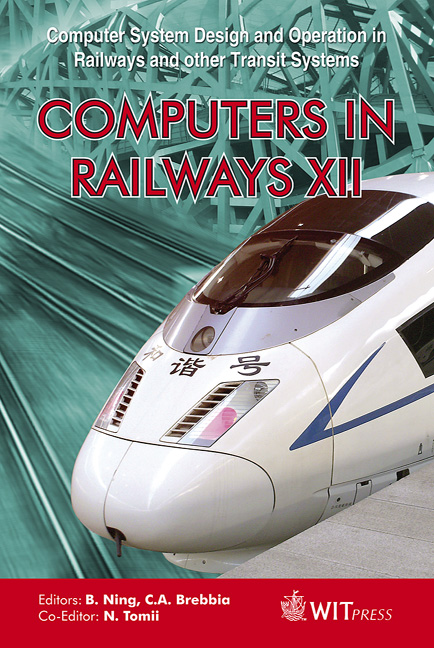A Novel Research On The Relation Between The Number Of Passengers And The Braking Distance Of A Metro
Price
Free (open access)
Transaction
Volume
114
Pages
10
Page Range
901 - 910
Published
2010
Size
469 kb
Paper DOI
10.2495/CR100811
Copyright
WIT Press
Author(s)
L. Wang, Y. Li & X. Hei
Abstract
Due to heavy traffic at peak times, it is necessary to ensure that trains have an absolute safety braking distance. For this problem, this paper not only analyzes various factors that influence a metro’s stopping time, but also analyzes a time model of a metro’s stopping in the station. Secondly, based on the model and combined with the physical process of a metro’s approach, this paper calculates the braking distance of oncoming trains. Finally, a novel relation between the number of passengers and the braking distance of an oncoming metro is established. Theoretical analysis and simulation experiments indicate that the braking distance of an oncoming metro can be effectively calculated according to the number of passengers on the platform. Keywords: braking distance, oncoming metro, peak time. 1 Introduction With the rapid development of the economy, the pressure of urban public transport is increasing, and the metro plays an more important role in the whole city traffic. Stations are junctions of park and shift, but are also the bottleneck of passenger transport. The phenomenon that oncoming trains stop-start frequently often occurs. Meanwhile, passengers are not able to leave punctually because of
Keywords
braking distance, oncoming metro, peak time





